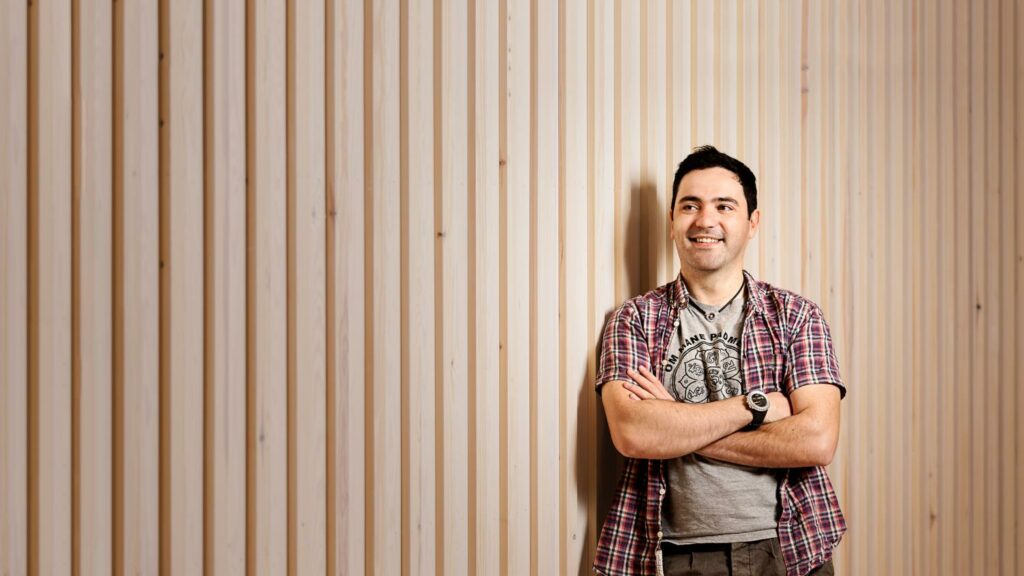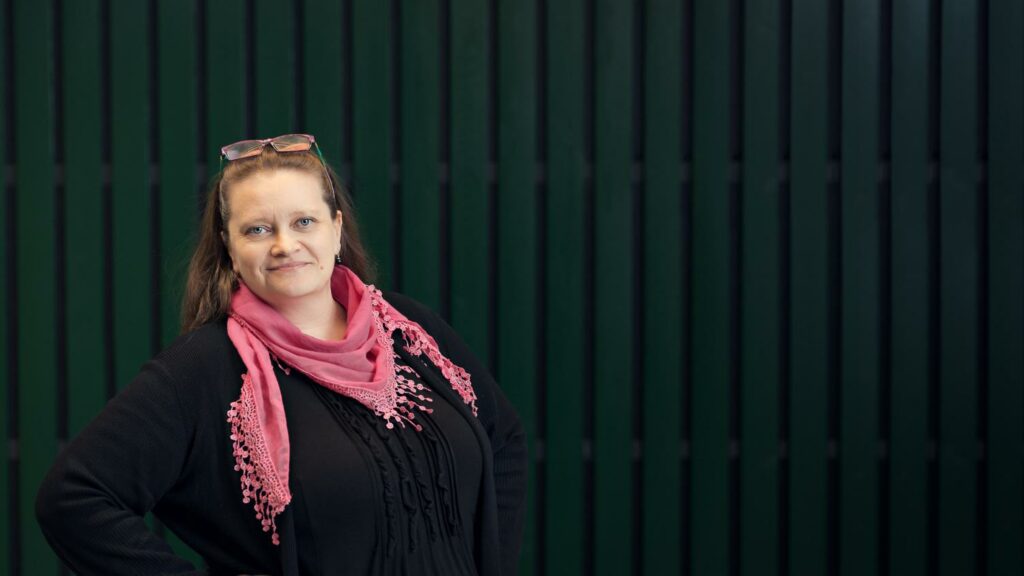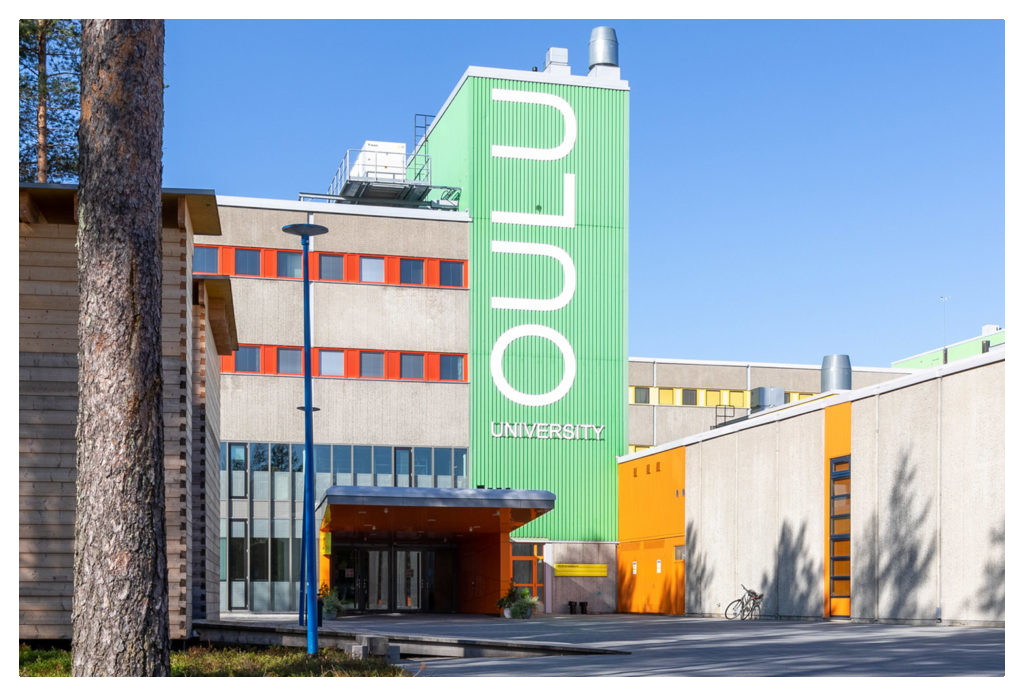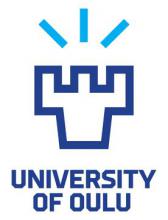Oulu University Advanced EU research


A New Holistic View on Energy Transition
SimaPro helps to assess the environmental impact of one consumer as well as of the whole region
Professor Eva Pongrácz and Senior Researcher Jean-Nicolas Louis at the Water, Energy and Environmental Engineering Research Unit at Oulu University in Finland explain how they are taking a holistic view on the environmental impacts of energy systems. They are working with both European-level system models as well as with grassroot level studies of consumers behaviour. They have found that the dimensions and variables needed to understand the impacts of different energy production technologies now and in the future can be found in SimaPro software and LCA -instruments.
RELEVANT AND BETTER CHOICES OF ENERGY MANAGEMENT
– Until now the research has often focused on improving individual technologies and sustainability studies concentrated on CO2 emissions and land-use aspects. The results created a discussion about the pros and contras of different technologies. The focus of our research is on a system level, which includes everything from how we source and generate energy, through transmission, distribution to use, Eva Pongrácz says.
By applying a holistic view on energy systems, she and her team hope to reach a better and deeper understanding of the environmental impacts of energy production and use. The research team’s interests include also the social dimension of energy systems, as consumers are an integral part of energy systems and their awareness and attitudes are very relevant. In addition, sourcing and generating energy has a wider societal impact in the region, from employment to how new energy technologies are shaping our built environment.
– When it comes to energy transition, whether in a country or in the EU, it is regularly assessed from its economic impacts, in addition to aiming at reducing CO2 emissions. However, focusing on only one environmental impact is likely to create new challenges elsewhere. Other environmental impacts, for example, water footprint, biodiversity or impacts on the global food production system are not being considered very often in tandem with energy transition studies. Our research is taking the so-called Nexus approach, which is based on the understanding that environmental problems are intertwined. We need to take a holistic view and try to foresee what new problems may potentially be created by solving an old one, Eva Pongracz explains.
THE SOCIAL DIMENSION
The focus of energy research regarding demand response solutions has traditionally been the energy-intensive industry sector in Finland. The idea of demand response is that consumers adjust their consumption habits according to the price of electricity. Heavy industry is already practising this and adjusting their energy-intensive processes according to energy prices. However, the interest is now turned on consumers. The assumption is that customers respond to price signals. The question is, how would consumers respond to environmental information?
– It is important not only how much electricity you use, but also when you use it. Depending on what fuel sources are being used at a given time or which power plants are operating for power generation, they impact both the price and the CO2 intensity of electricity. We have this idea of providing real-time energy data in a visible and understandable way to the users. For example, we would put a display in their kitchen showing the real-time emissions associated with electricity generation at a given time, as well as predictions on how the prices and the environmental impact are likely to change in the coming hours. We would like to see whether costs or environmental data motivate consumers more, to save energy, Eva Pongrácz says.
The expectation is, that if consumers were aware of the real-time environmental impacts of electricity, or the status of the power system, they would choose to avoid using energy or postpone their consumption, in order to reduce peak loads or times of higher emissions.
– Our research question is, whether consumers would make better choices if they knew that they can actually reduce the environmental impact by choosing the right energy mix at the right time. With help of SimaPro we hope to be able to test this empirically in the near future, Jean-Nicolas Louis explains.
Earlier, his research has assessed the life-cycle environmental impacts of smart home automation. Jean-Nicolas Louis in his research developed dynamic emission factors for electricity in Finland, using ReCiPe2008 indicators and analysis by SimaPro software. In his doctoral thesis he concluded that having real-time sustainability indicators should drive the societal change towards a cleaner and more sustainable society.
THE EUROPEAN DIMENSION
SimaPro has been the tool of choice for researchers due to its wide range of indicators and comprehensive data libraries, as well as due to its accountability and transparency. Now the focus is on prospective energy systems which means that Jean-Nicolas Louis is aiming at anticipating the environmental impacts of the energy transition on the European level[1]. This project is financed by the Academy of Finland that funds high-quality scientific research and provides the highest expertise in science and science policy in Finland. The project is being conducted as part of the post-doctoral research fellowship of Jean-Nicolas Louis. This research focuses on including environmental impact indicators in energy system model optimisation and, applies NEXUS optimisation of the cross-sectorial energy network. Jean-Nicolas Louis has worked with POLES and EUCAD/EUTGRID as well, for the development of a pan-European power network model, to forecast investments in power lines reinforcement and dispatch power technologies, in collaboration with two departments of the University of Grenoble in France.
– The aim is to build a holistic database of existing and prospective electricity use for the entire EU, considering a wider range of indicators than only costs and CO2 When we are optimizing the energy systems, we can already anticipate different kinds of environmental impacts. By using the LCA of existing systems and recalculating the values according to different anticipated scenarios, we try to see what would be the total future impact of different electricity choices. Later on, we combine the anticipated results with the real LCA from the same scenarios and can see where we got differences and analyse them. That way we get better and better in doing our anticipations, Louis says.
The impacts that are being studied in this project are for example pollution of water bodies, land-use changes and resources depletion, focusing also on the use of critical materials, which has become a hot topic. This academic research is looking for an equilibrium between these impacts and the energy transition, to help decisionmakers to choose a path to decarbonization from an environmental point of view. After that, the economic impacts of the least-environmental-impact transition view will also be evaluated.
NEW VALUES, NEW MODELS AND NEW NETWORKS
During the first phase, the focus was on collecting more climate data and creating new climate variables to be able to create the energy economy model to prospect the future. Now the researchers count the actual environmental impact during different climates, such as hot and sunny or very windy weather. The modelling has been done for every year in every EU -subregion in Europe for the next 100 years.
In addition, the project is creating a tool for energy management involving values to show what critical materials (such as rare metals) can be selected and from where. It is created in the Recipe 2016 -indicators – where there are now 18 performance indicators, including land use and the use of metals. Actually, the researchers are rebuilding the processes for the different industries based on seasonal variation, that is the actual energy mix in winter or summer.
– SimaPro lets us finalize the process as a whole with all the different aspects for different energy sources, such as wind turbines, thermal power plants, using coal or biomass, and so on. We use the LCA for the different factors, Louis states.
Another positive aspect of SimaPro and its community is that it is easy to reach other researchers around the world and create synergies. That’s when SimaPro is helpful since the researchers can merge all the processes and the output after optimizations.
As Jean-Nicolas Louis is the only postdoc academic researcher in Finland studying energy transition from a Nexus point of view, contact with other researchers in other countries is really valuable for him personally and for his research. With all the indicators for the different impact calculations in SimaPro with the possibility to cross run the values, great new knowledge of our energy systems is being created for the regions of Europe as well as valuable peer networks are being created.
Text: Johanna Parikka Altenstedt, pictures: Oulu University
References:
Academy of Finland post-doctoral research fellow project ”An integrative model of the energy-water-environmental nexus for prospective energy systems”, Nexus4EU, 2020 – 2023 .
J.-N. Louis, A. Calo, K. Leiviskä, and E. Pongrácz, “Environmental Impacts and Benefits of Smart Home Automation: Life Cycle Assessment of Home Energy Management System,” IFAC-PapersOnLine, vol. 48, no. 1, pp. 880–885, 2015, doi: 10.1016/j.ifacol.2015.05.158.
J.-N. Louis and E. Pongrácz, “Life cycle impact assessment of home energy management systems (HEMS) using dynamic emissions factors for electricity in Finland,” Environmental Impact Assessment Review, vol. 67, 2017, doi: 10.1016/j.eiar.2017.08.009.
J.-N. Louis, “Dynamic environmental indicators for smart homes : Assessing the role of home energy management systems in achieving decarbonisation goals in the residential sector,” 2016. Accessed: Aug. 17, 2021. [Online]. Available: http://urn.fi/urn:isbn:9789526214535.
The University of Oulu is one of the largest universities in Finland, located in the city of Oulu. It was founded on July 8, 1958. The university has around 13,000 students and 2,900 staff. 21 International Master’s Programmes are offered at the university.
The Academy of Finland fund high-quality scientific research, provide expertise in science and science policy and strengthen the position of science and research.

FACTS:
Contact: Jean-Nicolas Louis
